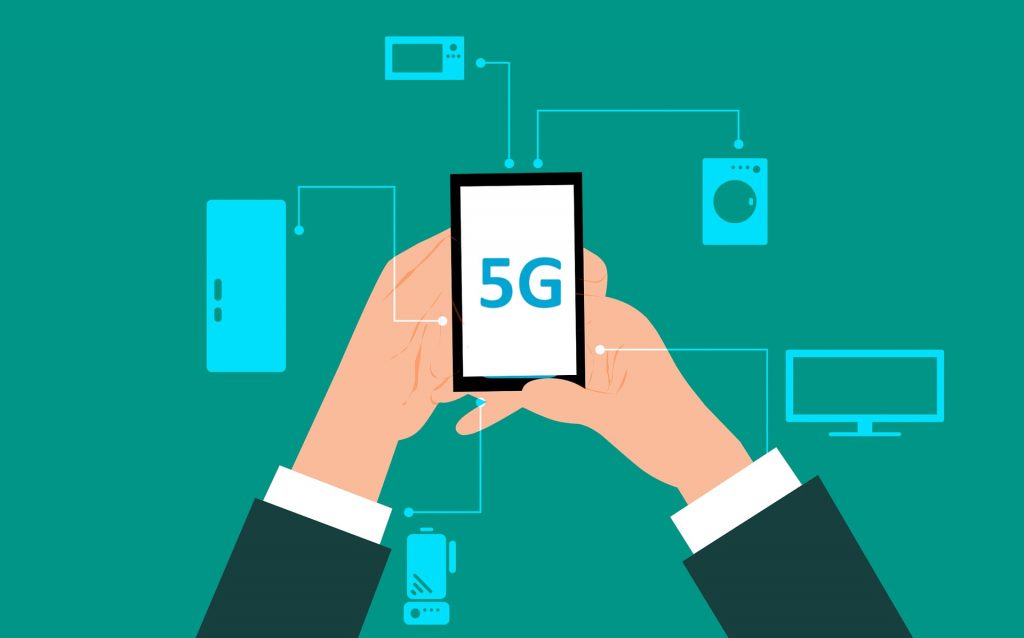5G in the real world is nothing like 5G you see in the ads. If you’re a Verizon customer and also very lucky you might see a 15x increase in download speed and reduced latency. So ignoring any delays created by the performance of your phone or the server that 5 second wait for the next screen to appear is now 33ms if you are in one of the 55 cities that have 5G, but according to on-the-ground testing by Ookla that’ll only happen about 0.6% of the time.
Clearly it is far too early to roll out any solution that actually depends on 5G so instead plan on tuning the performance of existing apps and servers to support more bandwidth and shorter latencies – at least then your existing customers will get a taste of the future every once in a while:
“As the mobile sector rolls out 5G in 2021, banks and credit unions have to prepare by developing their 5G strategies to compete with their fintech rivals. Otherwise they risk falling behind in the digital economy.
The roll-out of 5G will transform digital banking in the following ways:
First, the speed increase brought about by 5G networks will enable financial institutions to perform more complex processes much more quickly, minimising waiting times for things such as ID verification for new customer onboarding and loan tracking.
Second, there will be better performance of existing apps and websites. Despite the renewed push for digital because of the Covid-19 pandemic, many mobile banking apps still lag behind when it comes to functionality. Frequent complaints include the slow speed of mobile apps, the frequency of crashing or timing out and the inconsistent performance of face ID recognition.
5G will enable banks to clean up these inconveniences and help them provide a more seamless customer experience.”
By the way, a better network won’t help Face ID as it doesn’t require network connectivity to work.
Overview by Tim Sloane, VP, Payments Innovation at Mercator Advisory Group
